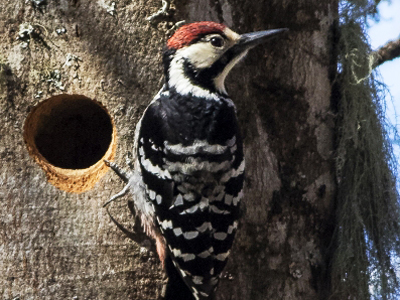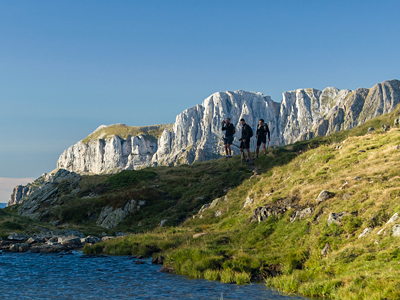Searching Birdingpirineos.com
BIRDS, ECOSYSTEMS and BEST SEASONS
Define search criteria: birds, ecosystems or seasons and consult the Birding Pyrenees database.
Great Cormorant
Ecosystems: RIPARIAN
Seasons: January | February | November | December |


SCIENTIFIC NAME: Phalacrocorax carbo
FAMILY: Phalacrocoracidae
DESCRIPTION: A bird that is easy to distinguish since it flies with its neck extended. Its plumage is generally black, with the exception of its throat and breast. Juveniles are brownish-black with off-white underparts. In spring adult birds have a white patch on their cheeks and thighs. When swimming, it keeps much of its body underwater. Its call is a very deep guttural croak.
STATUS IN ARAGON: I (Winter visitor)
BREEDING PROBABILITY: No
REPRODUCTIVE: No
LOCAL STATUS: Winter visitor
MONTHS : November to February
ECOSYSTEM: Riparian
DIET AND FEEDING: The Cormorant is an expert diver when it catches fish.
HABITS: It nests in the northern half of Europe and usually winters in the region of the Mediterranean and the rivers of the Pyrenees. It normally spends the period from October to April in La Jacetania. Cormorants form colonies on trees, which can be affected, and even die, due to the toxic content of their droppings. It is common to see them resting on the shoreline, with their wings extended to dry them in the sun, perching on rocks, river banks and branches in the trees. On occasions, they form groups to hunt and rest, setting up their roosts in winter.
THREAT OF EXTINCTION + CRITERION: CNEA (National Catalogue of Endangered Species): Not included CREA: Not included
ROUTES: 10 and 11 (Scrubland along the River Aragón)
SPATIAL DISTRIBUTION: Lakes and wetlands, scrubland and riverside woodland.




